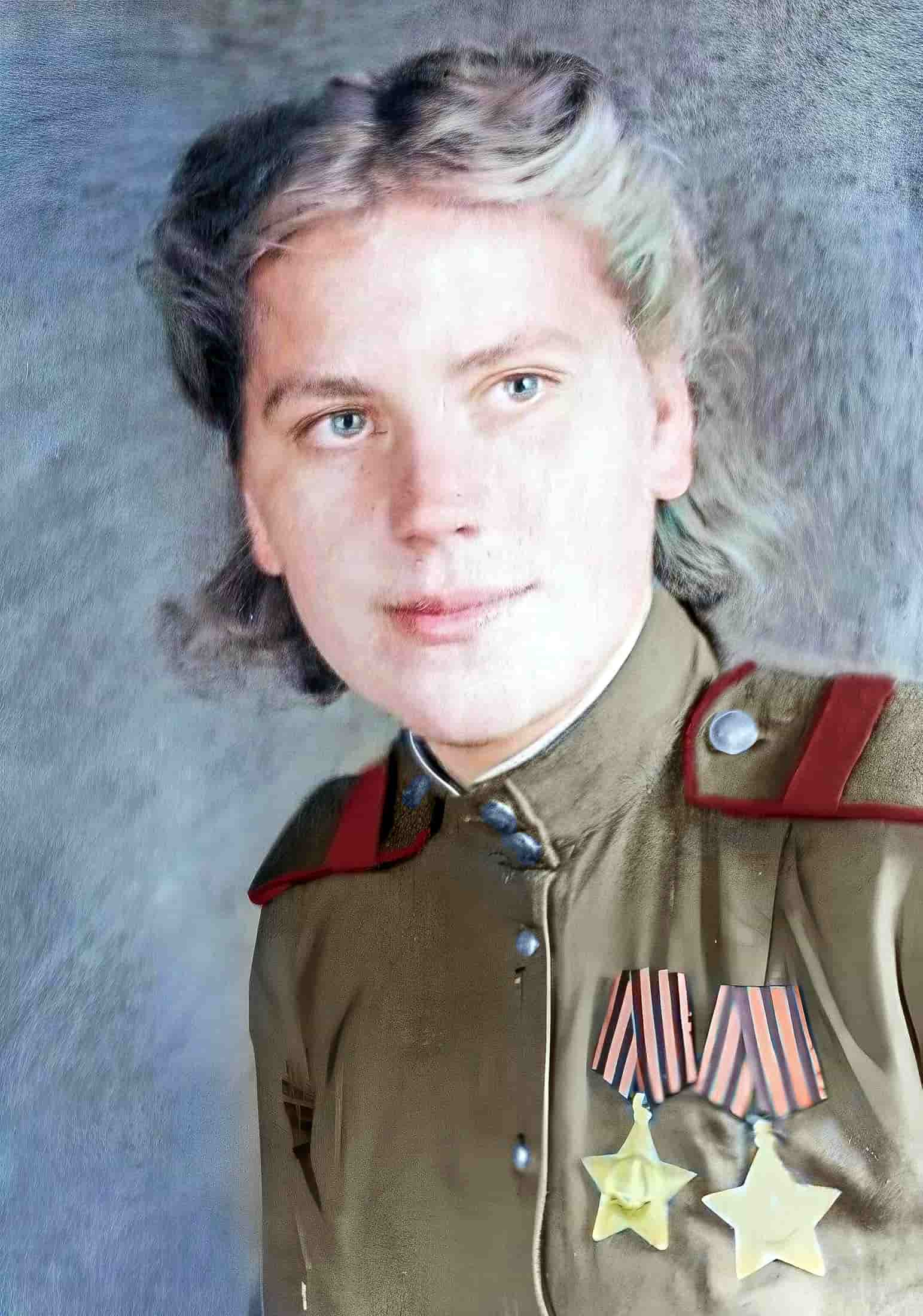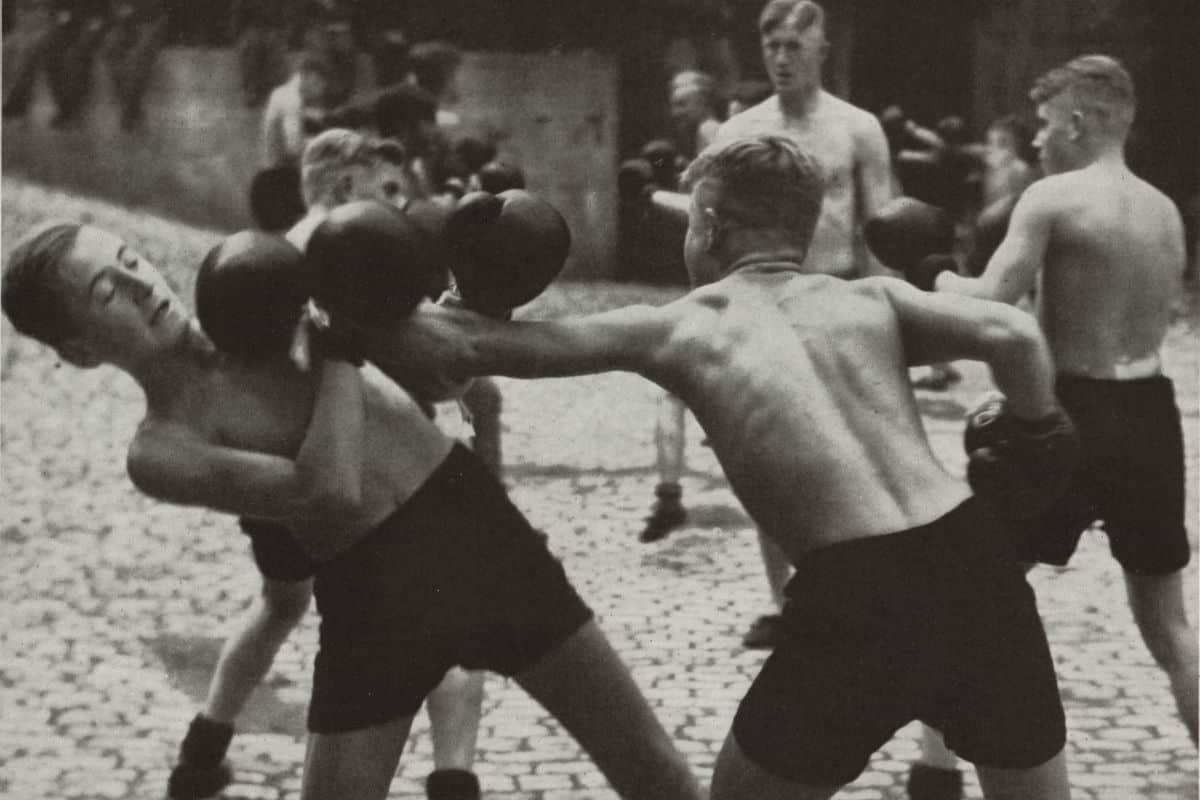Roza Shanina was one of the few female snipers in a special Soviet Union platoon during World War II. She was the first female sharpshooter and a recipient of the Order of Glory for her service on the 3rd Belorussian Front. At that point, she had more than 20 kills to her name. Roza Shanina gained notoriety for her skill at doublet shooting, in which two rounds are fired in a single breath in quick succession at moving targets. Roza Shanina was killed in combat in January 1945, months before the war’s official conclusion, and she was just 20 years old at the time. Roza is still remembered as a national hero in Russia today.
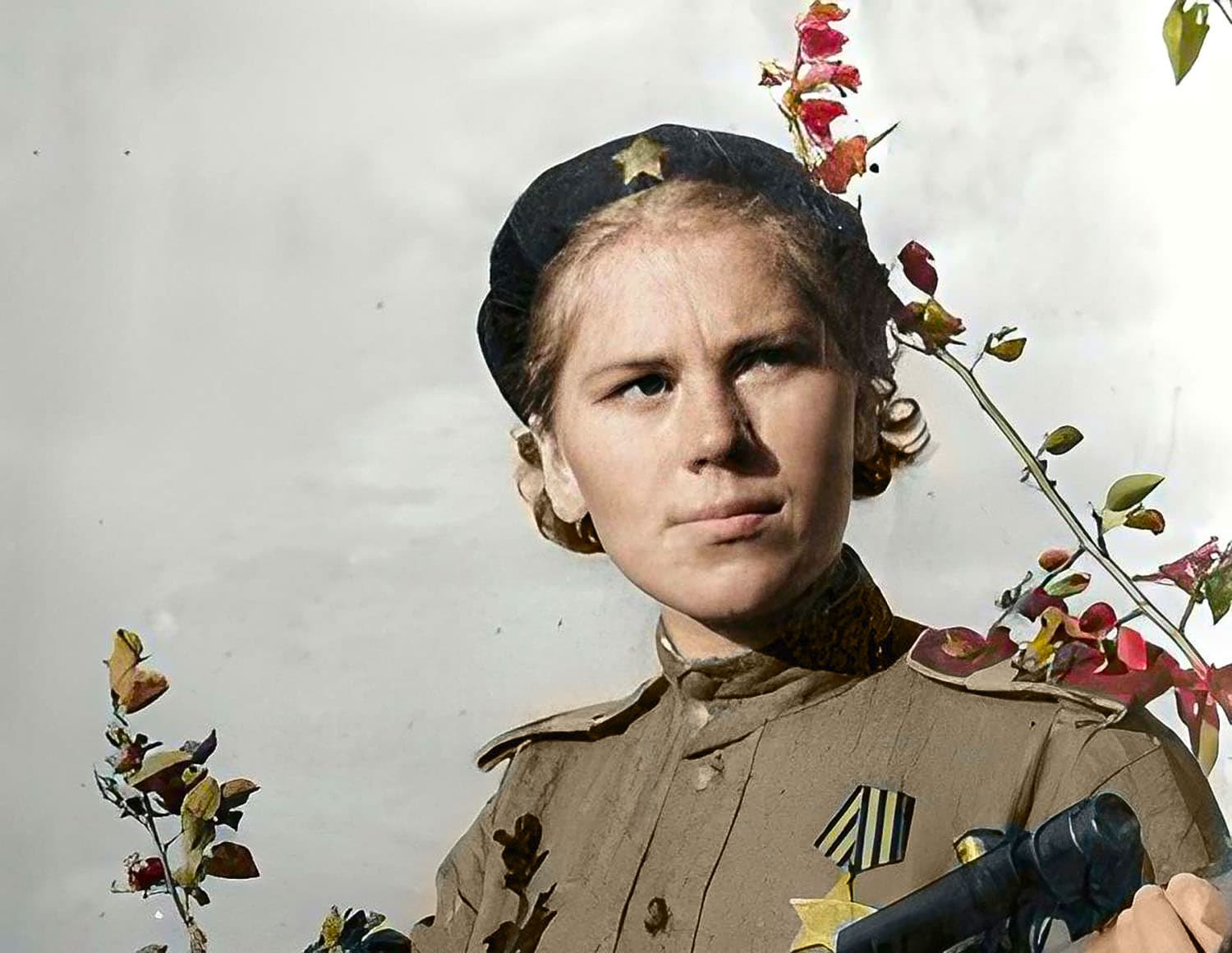
A sniper’s invincibility, patience, persistence, and capacity to withstand cold, starvation, immobility, and agony can demoralize any adversary. Although it is about ending people’s lives, a sniper’s job is still an art form in which they master skills that most people don’t have.
A sniper’s major weapon is ruthlessness. Roza Shanina’s desire for vengeance against her brothers, who had perished in the war, drove her to become one of the best snipers in World War II at the age of 20. The Nazi authorities were so afraid of this young woman that Canadians dubbed her “the unseen terror of East Prussia” (source). She almost made it to the end.
Roza Shanina’s Early Life
On April 3, 1924, Roza Shanina was born in the little town of Ed’ma in the Velsky District of the Vologda Oblast. The Shaninas were a typical, big family; in addition to her sister Yulia, her five brothers Sergei, Pavel, Fyodor, Lassalle, Mikhail, and Marat all grew up there. They also took in and cared for three orphans: Elena, Stepan, and Razum Butorin.
The flamboyant Marxist revolutionary Rosa Luxemburg inspired Roza’s name in the first place. Yegor Shanin, the father, was an active party member and Soviet activist. The mother, Anna Shanina (Ovsyannikova), was a milkmaid in the commune where she raised her family.
After serving in the Black Sea Fleet, Grandpa Mikhail Shanin was honorably discharged and helped form the Bogdanovskaya commune, which brought together a total of five families to achieve that. Yegor Shanin, Roza’s father, was named the commune’s first chairman.
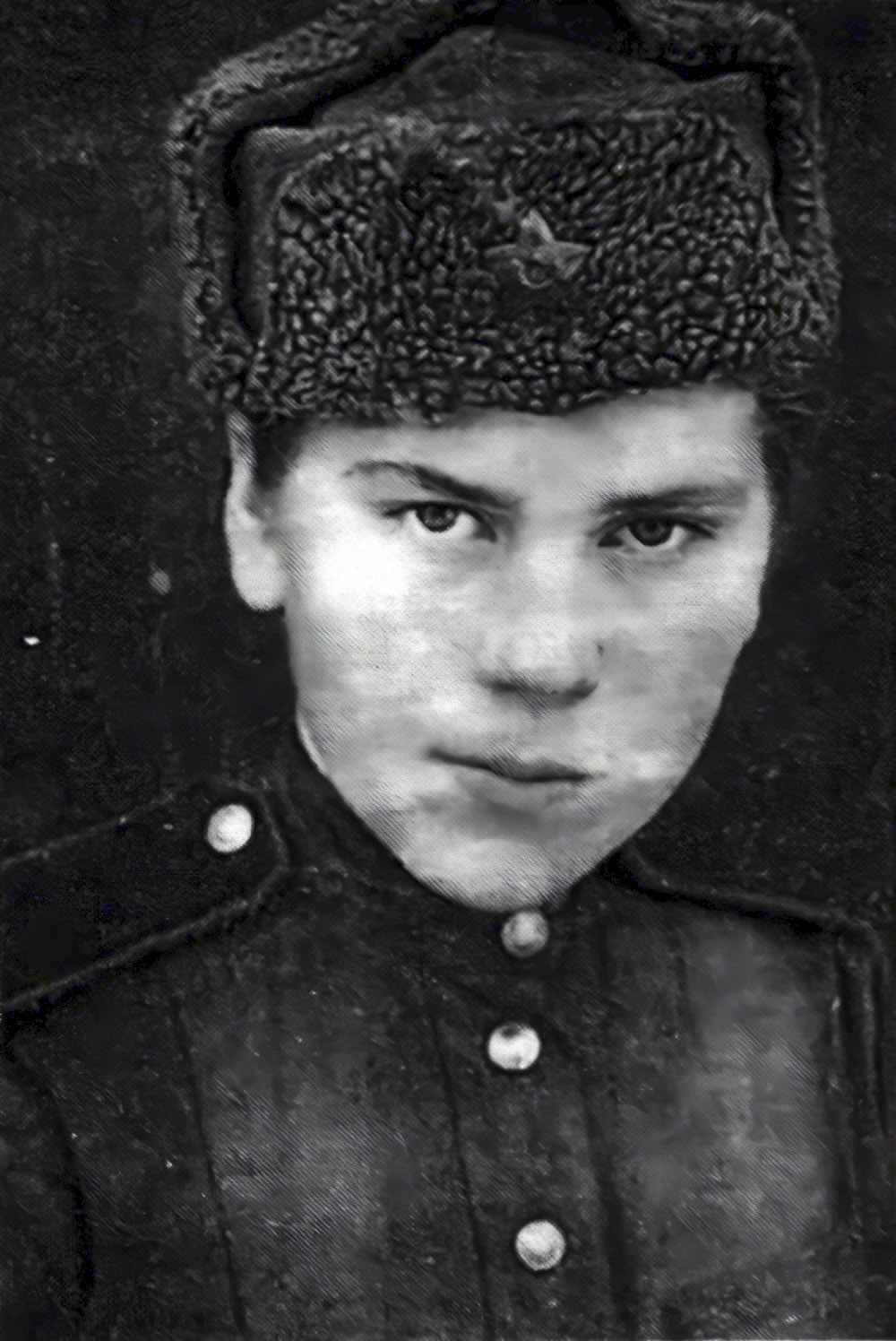
Roza Shanina’s life story was pieced back together using information from her journal as well as the narratives of locals and newspaper articles. Roza attended the seven-year Eden primary school in the little town of Bereznik and graduated. To achieve that, Roza and her brothers walked over 6 miles (10 kilometers) to school every day.
Roza Shanina started her career in pedagogy after completing seven courses. Her parents strongly disagreed with her choice, but Roza had always stood out due to her determination and perseverance. She left her home with a note and settled in with her brother in Arkhangelsk. Roza was eventually assigned a bed in the dorm.
Roza made a lot of close friends once she joined the school’s Komsomol (The All-Union Leninist Young Communist League). They enjoyed themselves, taking leisurely strolls around the park and trips to the movies, blissfully unaware that their tranquil existence would soon come to an abrupt end.
Roza had to work to help pay for college expenses after World War II broke out. Her professional history started as a kindergarten teacher. The adoration of her little friends and the respect of their parents made her job satisfying.
Roza Shanina Became One of the First Female Snipers
The Soviet government planned to train a team of women to be snipers in early 1942. Before that, both of Shanina’s older brothers had enlisted in the military on their own. Roza had already decided to join the front lines when one of her brothers was killed during the war in 1941. After some time, two of her other brothers were also killed.

Sergei, Mikhail, and Fyodor were her three elder brothers, and they were among the first to go to the front. Mikhail passed away in 1941, Fyodor in 1942, and Sergei in February 1945.
Following her completion of the general education program in 1942, Roza reported to the Arkhangelsk municipal military registration and recruitment office that she wanted to be one of the women snipers.
The Soviet Union had started sending out female shooters because of their flexible bodies and the general consensus that they were more patient, meticulous, and clever than their male counterparts.
Shanina was admitted into the Vsevobuch program for universal military training on June 22, 1942, when she was still a resident of the dormitory. One year later, in June 1943, Shanina submitted her application to the Central Women’s Sniper Training School and was accepted. In that year, she enrolled in a sniper training academy, where she continued her education among other future women snipers.
The friendly, outgoing Roza had no trouble making close connections with others in this new environment as well. Aleksandra “Sasha” Yekimova and Kaleriya “Kalya” Petrova, two of her other sniper friends, were all around her in her later years.
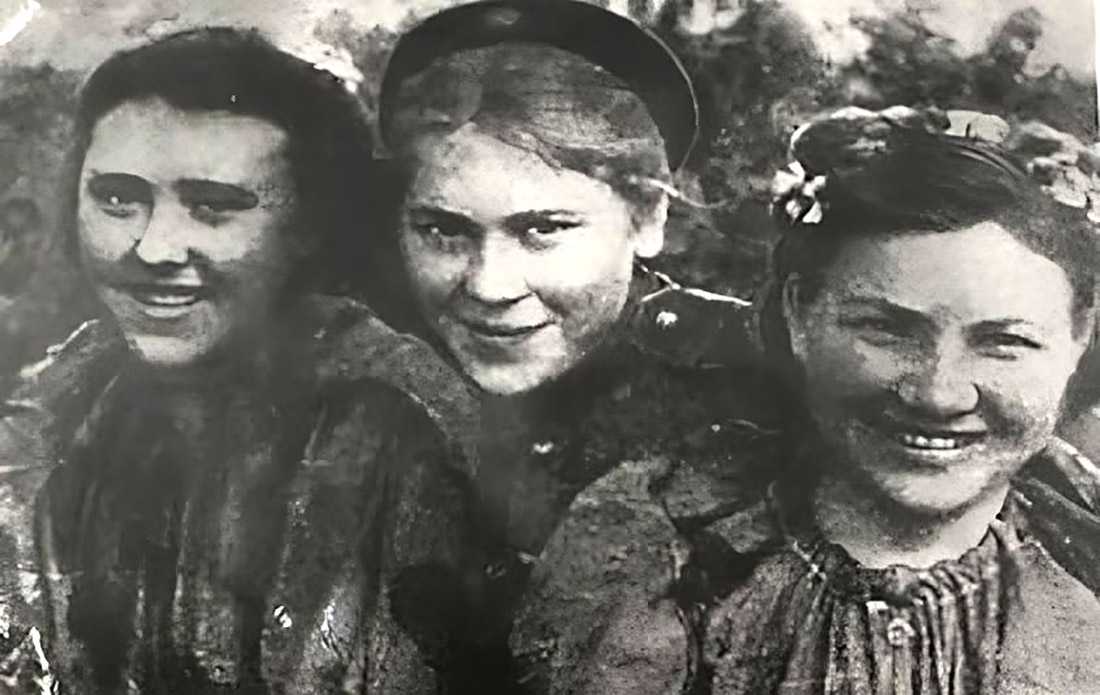
Joining the Front Line
After displaying great skills and accuracy in sniping, Roza was given a position as a teacher at the sniper school. But despite that, she chose to serve on the front lines instead. After being drafted, Roza began to serve her country by fighting for the 338th Infantry Division.
In the spring of 1944, when Operation Bagration (a Soviet Belarusian strategic offensive operation) initially got underway, Roza shot her first target. It’s not like she had it easy; she subsequently stated that she couldn’t stop her hands from shaking and that she felt chilly all the way through.
Eventually, Shanina got indifferent to death and found purpose in her work, as she recorded in her journal. Roza now became a ruthless sniper who never lost her cool, even when she was in the direct line of fire from a massive piece of artillery. Shanina displayed amazing bravery and heroism as the number of her victims climbed daily.

In April 1944, the valiant shooter received her first award, the Order of Glory. Roza was also promoted to the rank of corporal in the army. At this time, Roza Shanina had killed 18 soldiers and officers.
Following the battle of Smolensk, Roza was given the responsibility of leading a team of female snipers. It was no surprise since Roze’s positive attitude and candor had endeared her to her teammates.
One edition of the military newspaper detailing the fighting on the Belorussian front included a profile and photograph of Roza Shanina. The same publication also included testimonials from her superiors, friends, and subordinates, all referencing that she was a hero.
Taking Initiatives
At a later time, the infantry and the sniper unit were to stay in the rear guard for a massive offensive assault. Roza, however, was not content with the situation as it was, so she hastened to the front lines and took part in the action with scouts while her group remained in ambush.
Since the beginning of June 22, 1944, when the Soviet Union launched its massive assault operation Bagration, Shanina’s unit was given orders to advance westward on the second round, to avoid endangering the lives of snipers. The women snipers were exhausted after a month and a half of intensive warfare, so they were told to take advantage of any breaks to rest and not to join the fighting of infantry detachments.
The Soviet Union’s armed forces decided in June 1944 to stop using female snipers at the front. Shanina ignored the command and kept fighting with her fellow women soldiers to help the Red Army advance.
Shanina wanted to be a rifleman in a battalion or a reconnaissance company, despite the command to the contrary. But the higher-ups were against it since any fighter could take Roza’s position in the infantry but not in an ambush.
Roza disobeyed the commander’s instructions during the Vilnius offensive for the city and charged into the front rather than waiting in an ambush. Although such insubordination could have resulted in a tribunal, she got away with a disciplinary penalty from the Komsomol. Only by taking captives and getting them to the commander did Shanina manage to escape severe punishment.
At this time, even the TsZHSHSP (Central Women’s Sniper Training School) leadership had recognized Shanina’s exceptional sniping skills, praising her for her ability to fire doublets (two bullets in rapid succession) at moving targets.
After the fourth hunting sortie in the sniper logbook of Private Shanina, the number of eliminated soldiers became two-digit, and in the distance column from the ambush to the target, the observer noted “200 m” twice.
Her Signature: The Doublet

After World War II, publications detailing the experiences of Soviet women soldiers were released; one of these books recalled Shanina’s go-to tactic, the doublet. Roza fired two rounds practically simultaneously in the span of a single breath, showing that she was adept at engaging a moving enemy. Her “signature” move was widely regarded as a mastery of the greatest quality for a long time.
Just a few short months into her service, Roza Shanina had already amassed evidence of achievement in the form of a sniper book. It had already reached the double-digit mark in terms of the number of opponents vanquished. Superiors acknowledged this twenty-year-old sniper’s accomplishments and gave Roza a Medal for Courage.
She was one of the first female snipers to win the Medal of Courage, and her exploits earned her fame in propaganda booklets.
Separate platoons of women snipers were needed for several missions. They took part in a large-scale operation in Lithuania to wipe out the enemy near the Belarusian city of Vitebsk. Shanina’s hard work and bravery were recognized, and she was awarded the second degree of the Order of Glory.
The move to East Prussia occurred in September 1944 for Shanin. Another 26 enemy units were added to the list of those that were taken down. The enemy snipers that hide in a tree, or “cuckoos,” as they were dubbed, were Roza Shanina’s main objective. After the war, Lt. Col. Nikolay Krylov mentioned this in his memoirs.
Roza detested the Nazis with a passion, and she knew that her two brothers, Fyodor and Mikhail, had never returned from the front. She could not bear to wait on the sidelines, and she was always impatient to join the fight.
In recognition of this young female sniper’s bravery, Shanina received the “For Courage” medal as well as many honorary orders. After being mildly injured in one of the fights, Roza was taken to the hospital to recover.
Her Personal Life
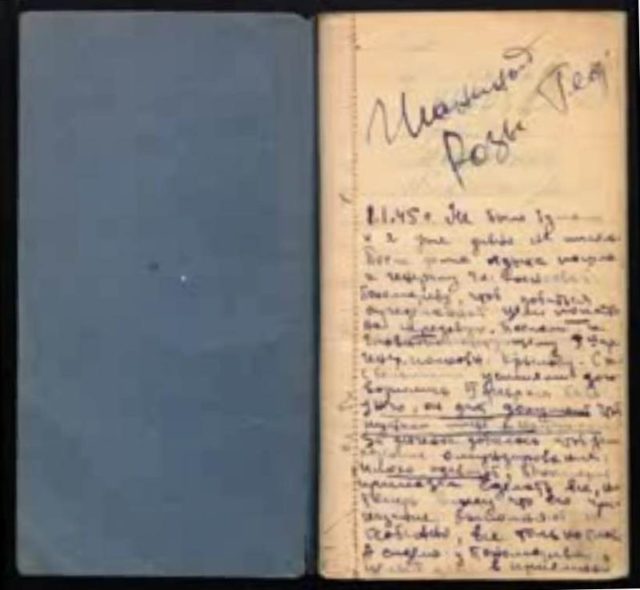
The Great Patriotic War erased generations of people’s lives. So many young men and women gave up their lives at home to fight for their country against an enemy they despised. Roza was no different; she kept studying at the pedagogical school, pursued science after work, and taught in a kindergarten during the day.
Despite being in love with a boy called Misha Panarin, the famed woman sniper did not organize her personal life. When the young man passed away, Roza wrote in her notebook that she was struggling to accept that Misha was no longer with her. The log was created on October 10, 1944.
Later in the same diary, Roza revealed that, in addition to Misha, she had developed an affection for a man named Nikolai. But Shanina didn’t give marriage a second thought since she didn’t think it was the proper moment for her.
Roza planned to go to university after the war. But if she didn’t make it, she’d just spend the rest of her life taking care of abandoned children.
Death of Roza Shanina
The unit in which Shanina served was involved in fierce fighting at the start of 1945 in the Prussian city of Reichau. On January 17, she wrote in one of her letters that she had little hope of survival since 72 of her battalion’s 78 troops had been killed and she couldn’t leave the self-propelled gun due to heavy enemy artillery fire.
Rose joined a new fight ten days after sending this letter. She ran to defend the wounded commander of the artillery unit during another barrage, but shrapnel struck her fatally.

Two troops discovered Shanina on January 27th, disemboweled and with her chest split open by a shell piece. The doctor at the hospital was unable to save Senior Sergeant Shanina.
On January 28, 1945, the famed sniper girl passed away following massive blood loss. Roza’s final words were said to her caregiver, Ekaterina Radkina, as she lay dying in her arms.
There was just one thing the sniper girl was sorry about, and that was not doing enough for her country. One of the first and arguably the best female snipers in history died just months before the end of the war. After going through possibly four years of hell, she almost made it to the end.
According to Rosa’s sniper book, she killed 59 German troops and commanders, including 12 snipers. Other sources mention 54, and current researchers estimate Roza killed 62 soldiers.
None of the four Shaninas children who enlisted to fight came back.
As soon as Roza Shanina died, she was laid to rest in the town of Reichau. Her body was relocated to the settlement of Znamensk, Russia, after the war, where a marble memorial still stands today.
Memorial
According to the Krasnaya Zvezda newspaper of 1924, many of Shanina’s “colleagues” lacked the shooting precision that she had, which made her one of the finest snipers of World War II.
The Allied press, notably the American publications of 1944–1945, highly praised this Soviet sniper woman. The youngster, however, showed no signs of reaction to her fame and even said that others had overrated her.
Roza Shanina has a boulevard named after her in the city of Arkhangelsk (named after Archangel Michael), and she is also honored at professional shooting contests.
She died in the area of Kaliningrad, and a monument was also built there. There is also a military museum at the school where she attended. With blue eyes and fair blonde hair, Roza Shanina was a patriotic Russian girl with a rare talent for sharpshooting.
References
- Soviet Sniper: The Memoirs of Roza Shanina by Roza Shanina – 2020
- Roza Shanina Russian Sniper by Robert Corrigan – 2015
- Lady Death: The Memoirs of Stalin’s Sniper by Lyudmila Mykhailvna Pavlichenko – 2018
- “Unseen terror of East Prussia:” Ottawa Citizen – Google News Archive Search


